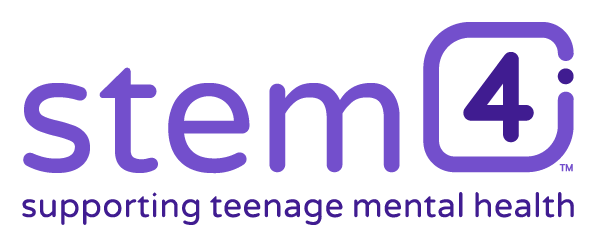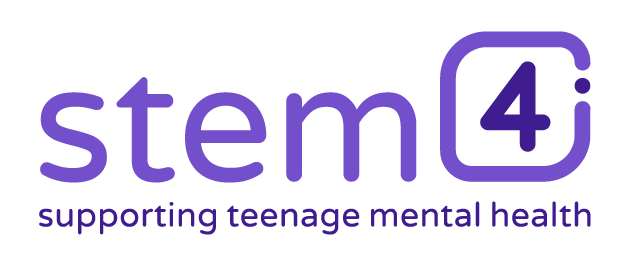Something big is coming for student mental health…
Schools face an increasing challenge in supporting students with anxiety. With limited time, staff, and resources, the need for effective solutions has never been greater.
We’re working on something that provides immediate, evidence-based support — without adding to staff workload. Stay tuned for an exciting update!

Addiction
For schools
Schools are often the first place to detect changes that may be caused by an addiction. Addiction prevention uses health promotion strategies to help prevent or minimise the harms associated with substance misuse among students. Substance use in school will be the only addiction listed in this section although it is acknowledged that there are several other teenage addictions.
Common features include unexplainable anxiety and agitation, irritability, withdrawal, mood swings, irrational or aggressive behaviour as well as changes in the student’s usual application to their work. Teachers, depending on their relationship with a young person, are also more likely to be a first port of call either by the young person concerned or, more often, by their friends.

Four facts in four areas
What can schools do?
Four suggestions for change
- Education on addiction.
- A clear and effective system to support a student who presents with an addiction.
- A named teacher and peer supporter from a core team of trained staff and students to be available should help be needed.
- Establish links with local services and know what the referral pathways are. Get a professional to help assess risk.
Visit our Further Advice page for details of other organisations that can help.


